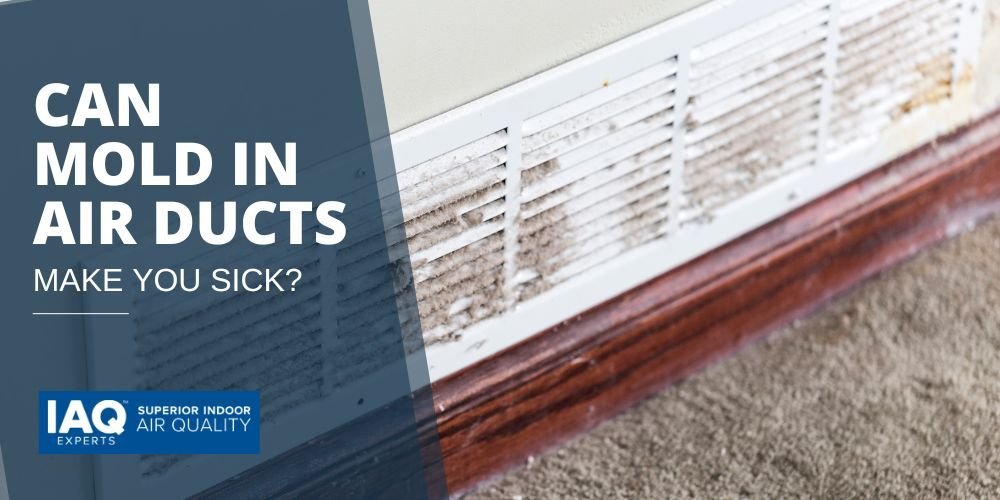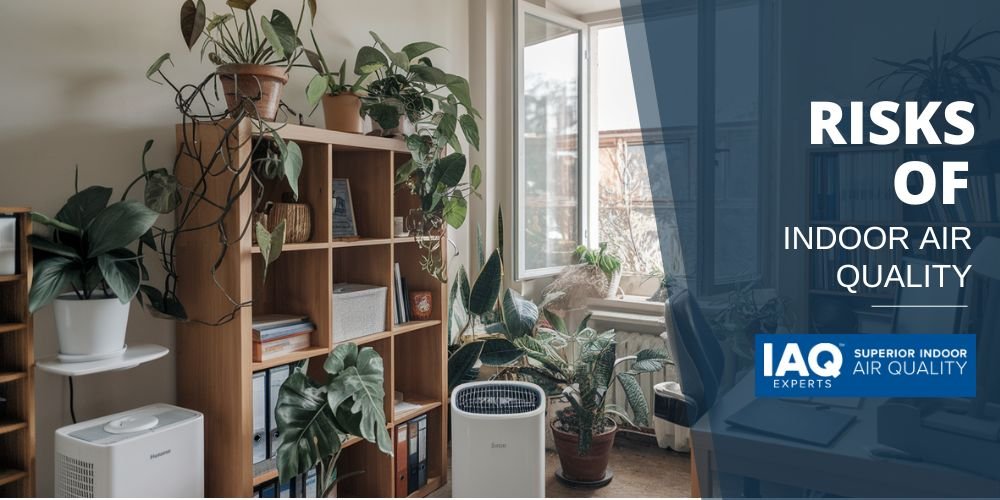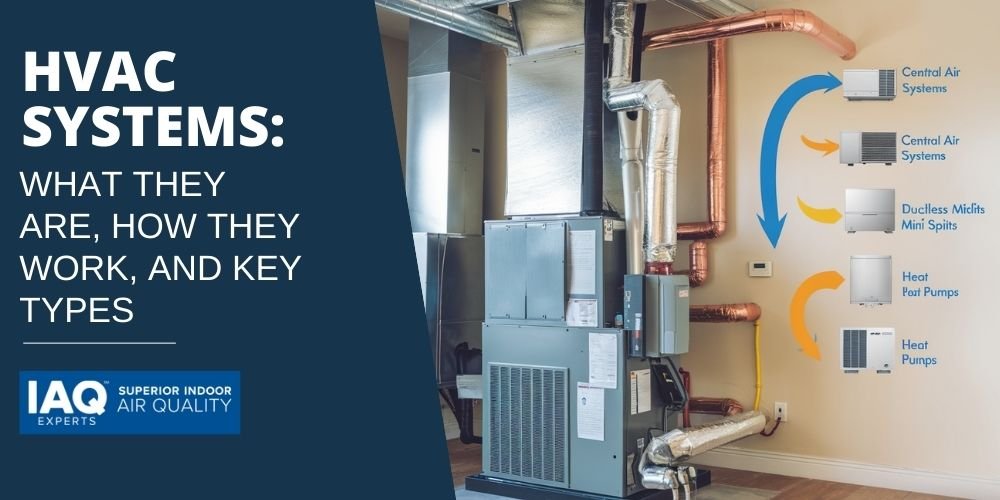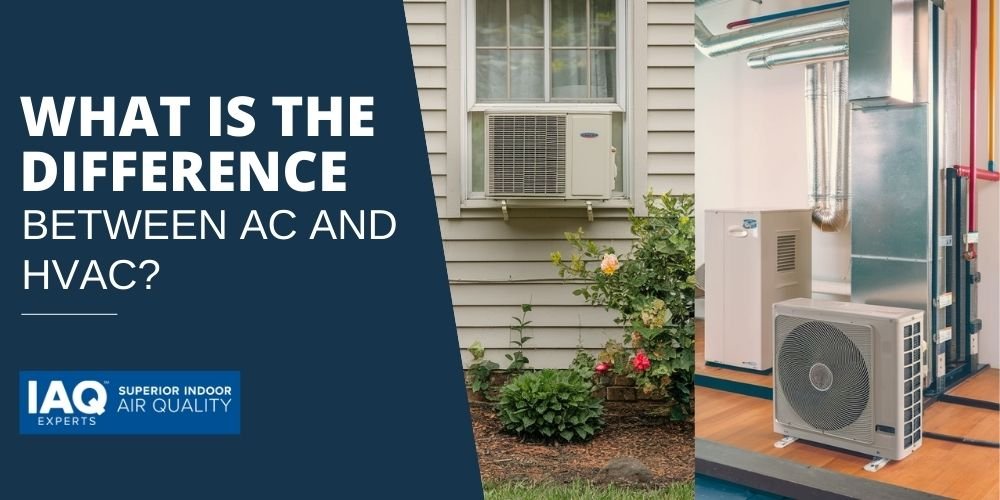Are you the person who has been feeling unwell since summer comes every time? What could the reason behind it be? Molds that grow inside pathways, if not cleansed for some time, could be the cause. These creatures also tend to replicate fast, especially when they happen to be in cool and dark locations.
A house that regularly cleans its air has established the best environment for occupant health. This simple task helps maintain a high air quality standard within your home and ensures that you always breathe clean air, which is made possible by keeping it fresh.
Let’s look at mold, how it grows in the air ducts, and how to prevent and remove it.
What is Mold?
Mold is a microscopic fungus that usually grows on damp surfaces and damages the area where it lives. It can multiply if given a favorable environment by producing spores that grow easily. Mold quickly travels by air and spreads all around the area.
Some of the common types of mold found in the homes are:
- Aspergillus
- Penicillium
- Mucor
- Fusarium
- Chaetomium
- Alternaria
- Cladosporium
- Black mold
- Allergenic mold
How Does Mold Grow?
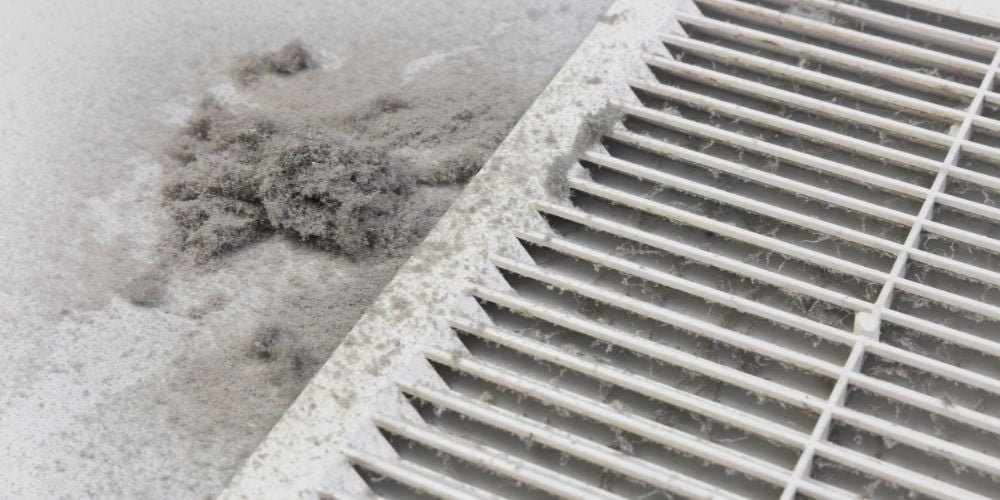
Mold can grow in different areas of your home, especially air ducts. Because people do not clean them regularly, dust and vacuum are used to reduce mold spores. Multiple reasons can fasten the mold growth, such as:
- Hidden moisture
- Moderate temperature between 20 to 25 degrees
- Roof leakage
- Indoor plumbing leakage
- Darkness
- High indoor humidity
- Condensation build-up
Health Risks Associated with Mold Exposure
Regular exposure to the air containing mold can cause several health issues, including:
Allergic Reactions:
It triggers allergies that already exist and can also develop new allergies, which can ultimately cause lousy health conditions.
Respiratory Issues:
The mold air can also cause respiratory issues such as coughing and sneezing, leading to chronic respiratory conditions such as asthma and bronchitis.
Sinus Infection:
It can also lead to sinus infection, which can grow and cause breathing issues and difficulties in sleeping.
Common Cold:
The mild or chronic infections caused by mold lead to a common cold that usually lasts three days to a week.
Skin Issues:
The constant exposure to mold can cause itchy skin or even develop skin conditions like eczema, hives, and rashes.
Fatigue and Weakness:
The mold exposure often causes unexplainable fatigue and weakness. If you or your family are tired, it is time for AC vent cleaning for clean and fresh air.
How Mold Gets into Air Ducts
Mold can quickly move through the environment and get into the AC ducts. However, certain factors ease its way, such as:
- An oversized AC often gives room for mold entry and multiplication.
- Leaks and condensation in HVAC systems.
- The dust accumulation in air ducts.
Identifying Mold in Air Ducts
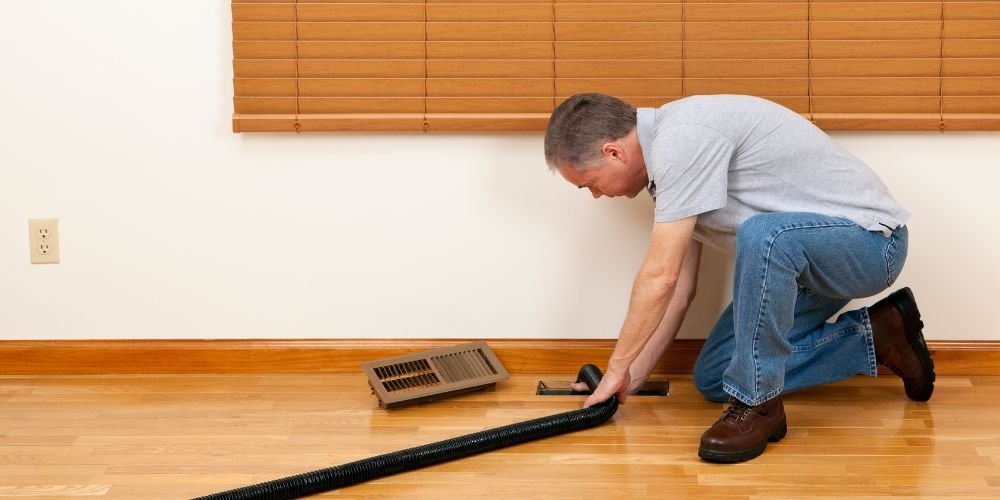
Several signs indicate the presence of mold in the ductwork of your home, including:
Musty Odor:
One prominent sign of mold in AC vents is the musty odor, which is different from the regular smell in the house. When you turn on the AC, you can notice an earthy or stale-like smell, indicating mold family in the AC ducts.
Black Dust:
The presence of black dust around AC indicates the presence of mold growth. This black dust is tough to wash off. If you are tired of cleaning it repeatedly, it’s time to contact professionals for cleaning air ducts.
Visual Inspection:
A single or a few molds are not visible to the naked eye, but you can spot them quickly when they form colonies. Depending on the species, they may be white, black, green, or orange. Make sure you look around at suspicious points, such as leakage points in the HVAC duct.
Increased Allergic Symptoms Among Family:
When your family regularly suffers from health conditions, especially allergic reactions, there is a high chance of mold growing in your AC ducts.
Preventing Mold Growth in Air Ducts
It’s always better to control mold growth before it gets out of hand. Here are a few tips to do so:
- Scheduled HVAC maintenance and inspections
- HVAC air duct cleaning and replacing filters
- Ensuring proper ventilation
- Addressing leaks promptly
- Controlling Humidity
- Reducing condensation by insulating air ducts
Removing Mold from Air Ducts
Here is a step-by-step guide on effectively removing mold from air ducts.
- Turn off your HVAC system and ensure the switch is unplugged.
- Arm yourself with the necessary equipment, such as a high-quality regulator mask.
- Make a mixture of soap, detergent, and baking soda. If the surface is non-porous, you can also add bleach.
- You can also use a HEPA vacuum filter to clean the inside area of ducts.
- Pour the already-made mixture on the surface and clean it with a cloth. You can also use a scrubbing brush to remove the mold and dirt.
- At last, clean the surface with water and a clean cloth.
Improving Indoor Air Quality
Make sure you follow the given steps to improve indoor air quality.
- Dust and vacuum to reduce mold spores.
- Install exhaust fans and vents.
- Regular cleaning of the ducts.
Conclusion
The mold in your home’s air ducts can contaminate indoor air quality and cause mild to chronic health problems. Regularly clean them for better air quality and a healthy environment.
Are you looking to get your AC ducts cleaned? Get help from the professionals at IAQ Experts, and breathe freely!

